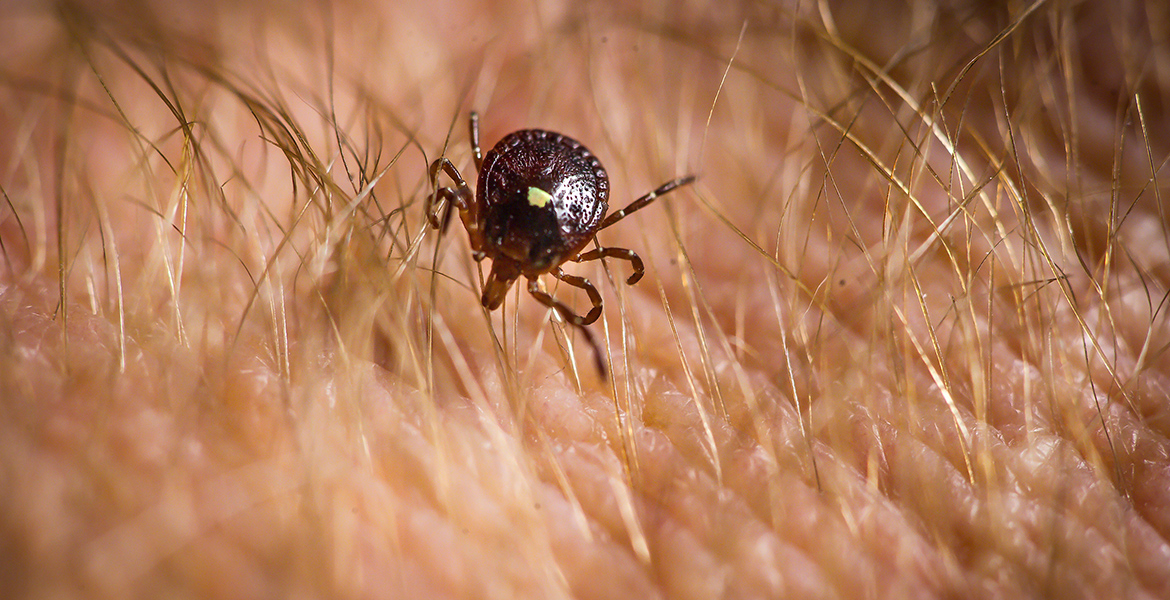
Guarding against tick bites
Monday, June 11, 2018
Oklahoma families are not the only ones excited about the warmer summertime temperatures. Ticks are, too.
“These important public health pests are typically active this time of year through the end of summer,” said Justin Talley, Oklahoma State University Cooperative Extension livestock entomologist. “Ticks are actually active year-round, but for the next few months ticks will be especially aggressive.”
The pests are not picky when it comes to hosts, so everyone is a target. The most effective tick repellants are products with at least 25 percent DEET.
“If you’re going to be outdoors in areas where ticks are likely to be, apply repellant especially around the ankles, up to the knees and around the waistline,” Talley said. “If you’ll be in heavy brush, like trimming trees or bushes, also put repellant around the neck and all the way to the ankles because ticks will fall out of that vegetation.”
Some natural, plant-based products, such as citrus oil and lemon grass oil, will work as repellants, too. Although these options are less effective than DEET, parents may prefer using natural products on children.
“When using these natural products parents should apply them where ticks will target, especially around the ankles and waistlines,” Talley said. “Both adults and children will need to keep reapplying natural products to boost their effectiveness.”
In Oklahoma, the American dog tick and the lone star tick are most concerning because both are linked to tick-borne pathogens.
The state is a hub for tick-borne disease, carrying some of the highest infection rates in the nation for tularemia, ehrlichiosis and Spotted Fever Group rickettsiosis, which includes Rocky Mountain Spotted Fever.
The lone star tick is associated with multiple pathogens, including those connected to the Heartland and Bourbon viruses, which have been identified in patients from Oklahoma within the last five years.
For more information about ticks, contact the nearest county Extension office and download free OSU Fact Sheets on the topic, including EPP-7001, “Common Ticks of Oklahoma and Tick-Borne Diseases,” at facts.okstate.edu.
Story by Leilana McKindra
